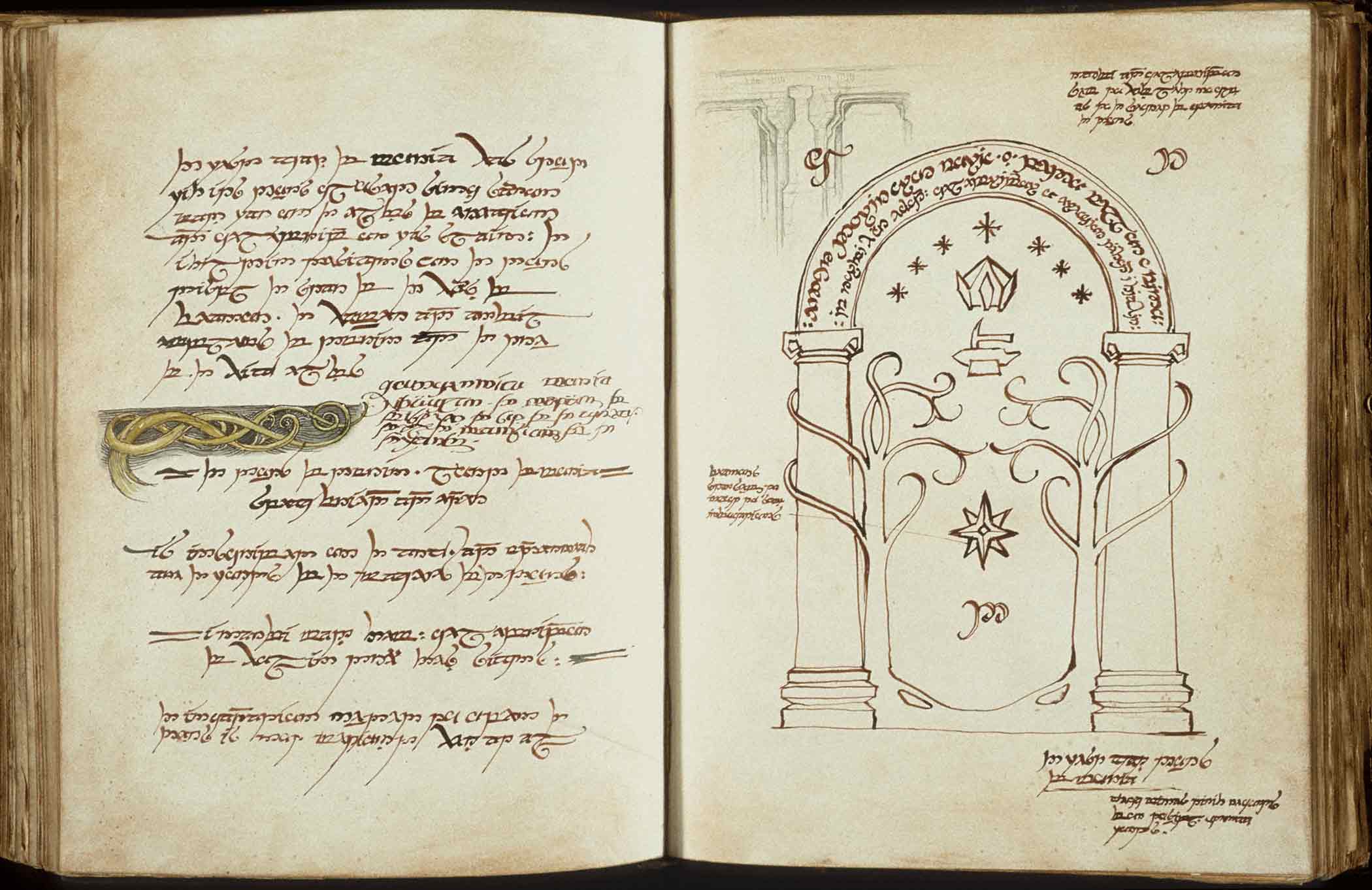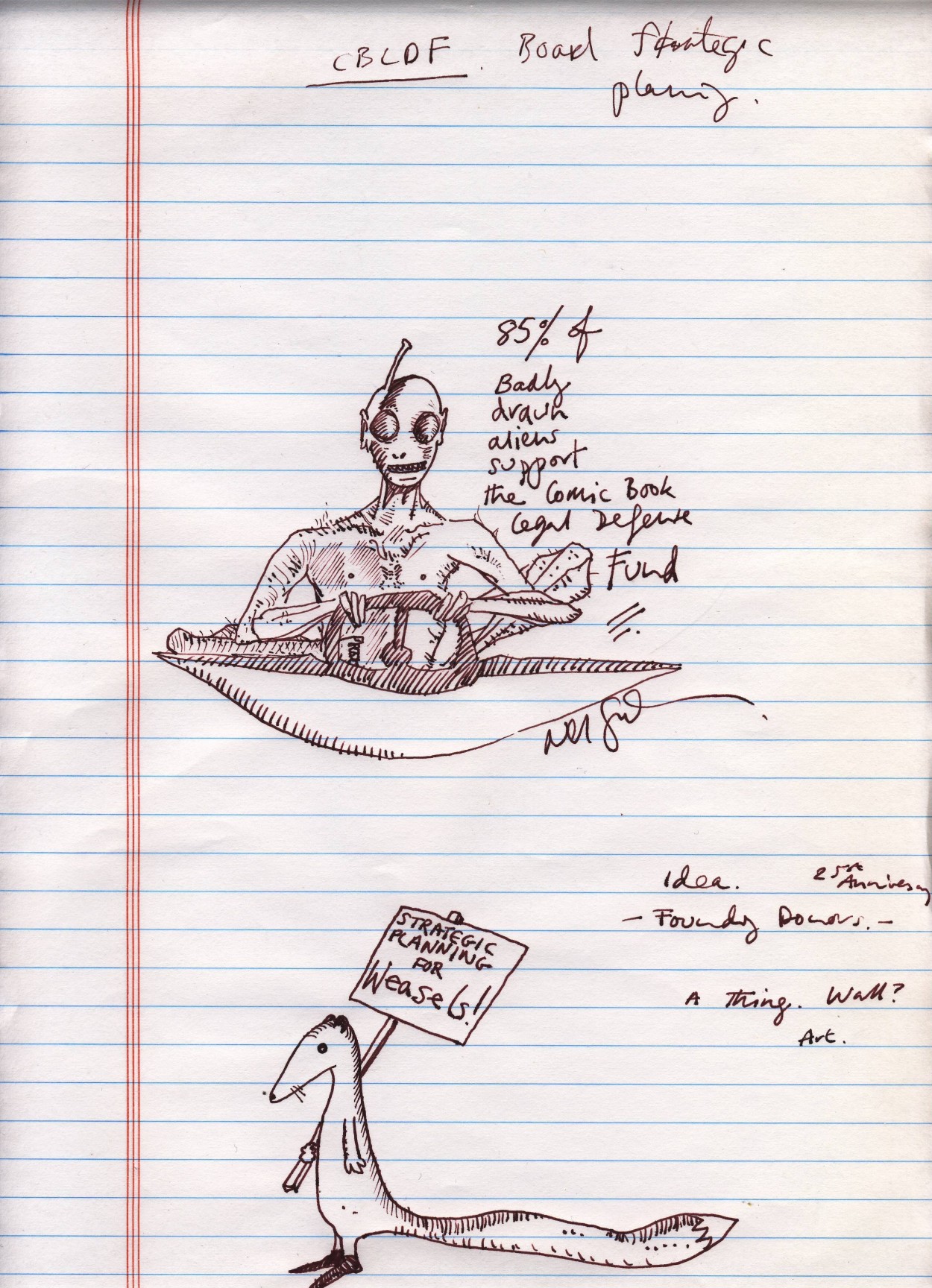To my fellow Americans, especially veterans and servicemen and -women: I hope you had a great Memorial Day weekend. But between my recovery and the return of Mrs. Obscure for the holiday weekend, the Mythopoeic Monday blog had to be postponed. In the future, I hope to have planned better so that the MM feature is truly regular, come hell or high water, but this week, I'm playing catch-up.
Last Monday, I raised the topic of mermen and mermaids, as they have been placed on my mind by the recent Pirates of the Caribbean movie (which I still have yet to see) and by the classic bestiaries of D&D. Indeed, the disparity between these two is the source of creative tension. The iconic image of the mermaid -- half fish, half woman, with nary a merman* in sight -- as pictured above is not only classic, but seems to continue to have the strongest appeal. We have not only the witness of On Stranger Tides in this matter, but that of a highly successful company whose espresso machines sing their sirens' songs, luring us in to spend more than ever before on coffee. (For more on Starbuck's mermaid logo, see this excellent blog.) Further, in the past week I have discovered two blogs entirely devoted to the mermaid: Melusina Mermaid and I am a Mermaid. This frankly makes me want to dump mermen and go all classic, all maiden, all the time, but I'll save that for another setting. For Ygg, I'll retain the sexual dimorphism. Also, I am going to set aside the option of mermen as monster, another large part of their traditional role. This latter decision stems largely from the considerations below.
Broadly, to even consider mermen as a race raises the question, what kind of race? Again, when we turn to traditional lore, there is a strong tendency to make them a fey race, as for example, in the stories of merrows and selkies. This would work very well in some settings, but I feel like I largely have faerie carved out for Ygg, and with its largely Nordic feel for the faerie, there is less call for the mermen there. Indeed, the bestiary already includes nixies for fey water creatures. Instead, there are two other elements on Ygg that pull the race of merfolk towards them: the classical civilization of the South (an imagined version of what the civilization of Greek city-states might have been like if they had survived and gone the route of independent colonies instead of empire) and the elemental races. It is in relation to these two elements that I will develop the mermen further on the pages devoted to Ygg (see tabs above). So it was the connection with classical mythology and the greater need for elemental races that finally decided the matter in favor of race.** Appealing to classical mythology inevitably raises before our imaginary senses the sunken continent of Atlantis, and I will pick up with this in my Ygg updates.
In addition to looking to classical sources for inspiration, I'm interested in literary sources as well. In Leigh Brackett's Skaith (John Eric Stark) trilogy, there are the mutated Children of the Sea. Similarly, there are the Seaborne in Robert Silverberg's "Spawn of the Deadly Sea" (see link for Hunt the Space Witch! below). From these I take the idea that mermen were originally human, but mutated -- in this case, by a god and not by pre-cataclysmic genetic engineering. However, the idea of a casually related cataclysm is attractive and echoes the Atlantis myth. These ideas will be developed accordingly in the respective Ygg sections tabbed above.
Finally, for further visual inspiration, I recommend the Flickr photo group Triton or merman, where I found the image below.
 |
| Rothenburg ob der Tauber. Triton als Brunnenaufsatz vor St.Johannis, photographed by Renzo Dionigi |
* I recommend cartoons 1 and 3 here. Note that the humor in these cartoons relies on prior shared knowledge about mermaids and the absense of mermen. It is interesting to note that, based on the images in the Flickr group linked above, it would seem that our medieval forebears were much more familiar with mermen than we are, thanks to their immersion in the classics.
** The categories of "race" and "monster" in the D&D bestiarium are nowhere near as clear and consistent as I have been using them. This is a tension that D&D frankly inherits. In Tolkien, for example, orcs and trolls are generally treated as monsters, but there are scenes that almost shock us with their conversation and give us hints of some sort of society and technology belonging to them. These raise some troubling questions for the mythopoet, especially as we reflect back on these categories of race versus monster. The world builder has the option of deciding with some clarity upon these matters ahead of time, or leaving them open to allow clarity on the question to be created through story-telling, or, if it is not crucial to the story, leaving the answers vague. I will admit to being in the camp that prefers to be clear on what is a monster and what is a race -- not for the characters, necessarily, but for myself. This is a moral issue for me: it is not genocide to wipe out a nest of dangerous pests, it is genocide if they are a race. As far as I can tell, it comes down to monsters being inherently evil and races having a potential for good through an inherently good creation.
Edit: Just ran across the work of Juan Cabana. Wonderfully horrific stuff, with an emphasis on the horrific.












-1.jpg)















